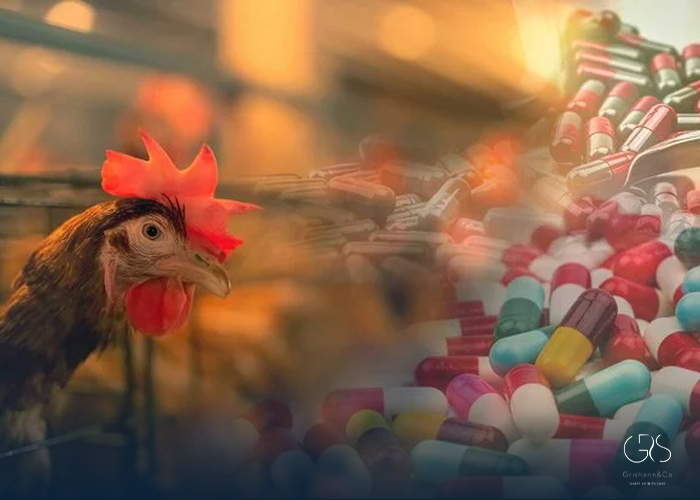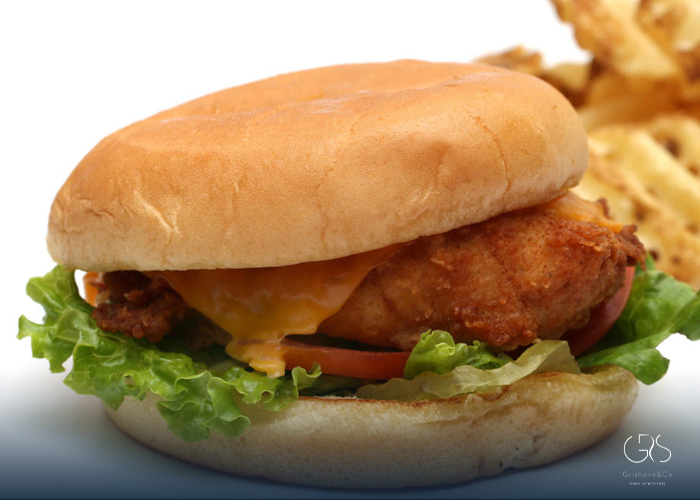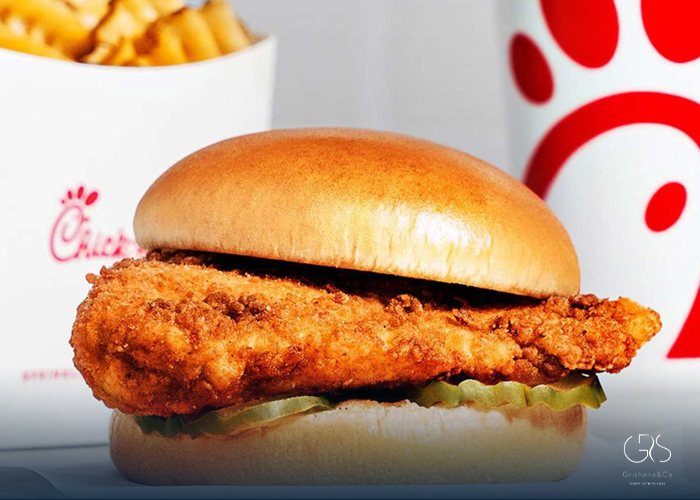Chick-fil-A, the popular fast-food chain known for its chicken-based menu, recently made a significant announcement that it will no longer serve antibiotic-free chicken. This decision has raised concerns among consumers and sparked a debate about the implications for public health. In this article, we will explore the reasons behind the use of antibiotics in poultry production, the potential negative consequences, and the impact of Chick-fil-A’s move on public health.
Why Are Antibiotics Used in Poultry Production?
Poultry production often involves the use of antibiotics to promote growth, prevent diseases, and improve feed efficiency. According to the Food and Drug Administration (FDA), antibiotics are administered to food-producing animals to maintain animal health and reduce the spread of diseases .They can also lead to weight gain and increased feed efficiency, maximizing profit margins for poultry producers.

Microbial Resistance and Other Negative Consequences
One of the major concerns associated with the use of antibiotics in poultry production is the development of microbial resistance. The repetitive exposure of bacteria to antibiotics can result in the emergence of antibiotic-resistant strains. These strains can be transferred to humans through the consumption of contaminated meat, leading to difficult-to-treat infections . The World Health Organization (WHO) has identified antimicrobial resistance as a global health threat, with an estimated 700,000 deaths annually due to drug-resistant infections.
Moreover, the use of antibiotics in poultry production has environmental consequences. Antibiotics can enter the environment through poultry litter, runoff, and manure. This contamination can contribute to the overall increase in antibiotic resistance and adversely impact ecosystems . A study conducted by the United States Geological Survey (USGS) found that antibiotics were detected in water and sediment samples collected near poultry farms.
Chick-fil-A’s decision to no longer serve antibiotic-free chicken has raised concerns about the implications
What Does Chick-fil-A’s Move Mean for Public Health?
for public health. Many consumers have shown a preference for antibiotic-free meat due to worries about the potential health risks associated with antibiotic-resistant bacteria. The move by Chick-fil-A may lead to a decrease in the availability of antibiotic-free chicken options, impacting consumers who prioritize antibiotic-free choices.
On the other hand, Chick-fil-A has stated that their decision is based on a broader commitment to animal welfare. Rather than solely focusing on antibiotic usage, they intend to improve the living conditions and welfare of the chickens they source. This perspective suggests that the decision is primarily aimed at addressing concerns about animal welfare, although it indirectly impacts public health as well.
From a broader perspective, Chick-fil-A’s move may serve as a catalyst for change within the poultry industry. It could encourage other fast-food chains and suppliers to re-evaluate their antibiotic usage and explore alternative practices that prioritize both animal welfare and public health. By addressing the root causes of disease in poultry production, such as improving housing conditions and implementing preventive measures, the industry could potentially reduce the reliance on antibiotics, thereby minimizing the development of antibiotic resistance.

Conclusion
Chick-fil-A’s decision to no longer serve antibiotic-free chicken has raised questions about the implications for public health and animal welfare. While antibiotics play a crucial role in maintaining the health and productivity of poultry, the emergence of antibiotic-resistant bacteria and environmental consequences are serious concerns.
Consumers must take into account the potential risks and benefits associated with consuming poultry treated with antibiotics. It is crucial to support initiatives that promote sustainable farming practices, reduce antibiotic usage, and prioritize animal welfare. By staying informed and making conscious choices, consumers can contribute to a healthier future for both animals and humans.
It is important to remember that Chick-fil-A’s decision, while significant, is only one aspect of the larger issue of antibiotic use in poultry production. Collaborative efforts from different stakeholders, including the food industry, regulatory bodies, and consumers, are essential to address the challenges posed by antibiotic resistance effectively.
Sources
- Southern Living, Chick-fil-A Announces End Of Its "No Antibiotics Ever" Policy
- EatingWell, Chick-fil-A Just Announced Its Chicken Will No Longer Be Antibiotic-Free: Here's What That Means










